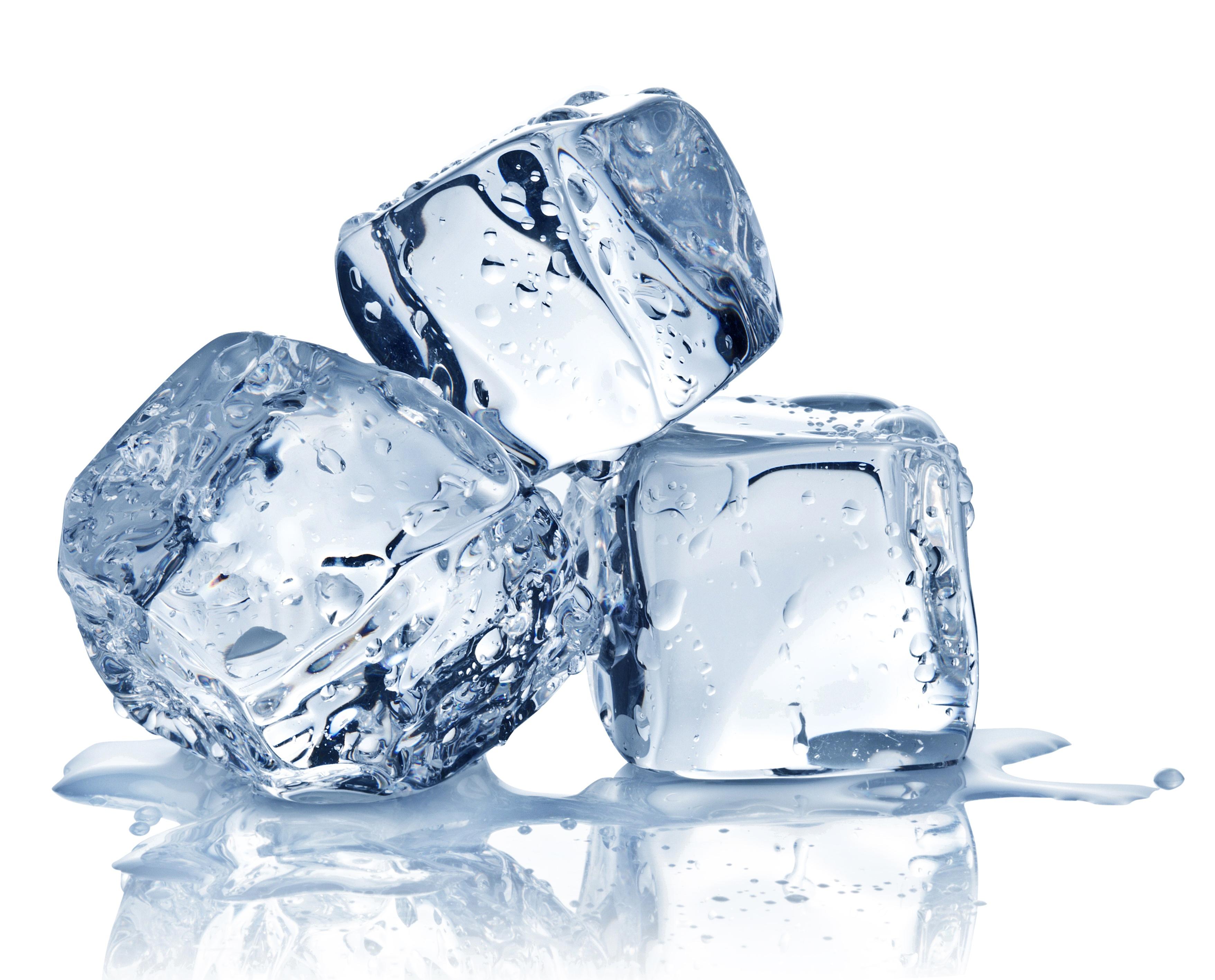Water is a unique substance that plays a vital role in sustaining life on earth. It is an essential component of our daily lives, and we use it for a variety of purposes, including drinking, cooking, and cleaning. Water is also an important element in the natural world, from sustaining plant and animal life to shaping the earth’s surface through erosion and weathering. One of the most interesting properties of water is its ability to expand when it freezes.
When liquid water is cooled, it contracts until it reaches a temperature of approximately 4 degrees Celsius. At this point, it begins to expand slightly until it reaches the freezing point. When water freezes, it expands by approximately 9%. This expansion occurs because of the unique molecular structure of water.
Water molecules are made up of two hydrogen atoms and one oxygen atom, arranged in a V-shape. In liquid water, these molecules are in constant motion, sliding past each other and forming weak bonds with neighboring molecules. When the water cools to below 4 degrees Celsius, the molecules start to slow down, and the weak bonds between them become stronger. This causes the water to contract and become denser, as you would expect.
However, when water reaches its freezing point, the molecules slow down even more, and the bonds between them become even stronger. At this point, the water molecules start to arrange themselves into a crystalline structure. This structure is less dense than the liquid water, which causes the water to expand by approximately 9% as it freezes.
This expansion has a significant impact on the world around us. For example, when water freezes in pipes, it can cause them to burst due to the increased pressure. On a larger scale, the expansion of water when it freezes can also shape the earth’s surface. For example, glaciers and ice sheets expand as they freeze, carving out valleys and shaping the landscape.
Water is a unique substance with many fascinating properties, including its ability to expand when it freezes. This expansion occurs because of the unique molecular structure of water and has a significant impact on the world around us. Whether we are drinking a cold glass of water or exploring the frozen tundra, it is essential to remember the importance of this remarkable substance.
The Expansion of 1 Gallon of Water When Frozen
When water freezes, it expands by approximately 9% of its volume. This means that one gallon of liquid water will expand to become slightly more than one gallon of ice. This expansion is due to the unique structure of water molecules, which form a crystalline structure when frozen. As the water molecules freeze, they arrange themselves into a hexagonal lattice, which takes up more space than the random arrangement of molecules in liquid water.
It’s worth noting that the expansion of water when it freezes can cause damage to containers or pipes that are not designed to accommodate this expansion. This is why it’s important to take precautions durng the winter months, such as draining outdoor hoses and turning off outdoor faucets, to prevent frozen water from causing damage to your plumbing system.
1 gallon of water will expand by approximately 9% when frozen due to the unique structure of water molecules that form a crystalline structure when frozen.

Source: clearwaycommunitysolar.com
Can Water Freeze Without Expansion?
Water can still freeze even if it cannot expand. The freezing point of water depends on the ambient pressure. At standard atmospheric pressure, pure water freezes at 0°C (32°F). However, as the pressure changes, so does the freezing point. For example, at higher pressures, such as those found at the bottom of the ocean, water can remain liquid even at temperatures below freezing.
If the water is contained in a vessel that cannot expand, such as a sealed bottle or container, the pressure inside the vessel will increase as the water begins to freeze. This increased pressure can cause the container to crack or rupture, but it does not prevent the water from freezing.
It is also important to note that the addition of solutes, such as salt, to water lowers the freezing point. This is why salt is often used to melt ice on roads and sidewalks. The presence of solutes in the water can also affect the pressure at which it freezes.
Water can still freeze even if it cannot expand, as long as the ambient pressure is low enugh for the water to reach its freezing point. However, if the water is contained in a vessel that cannot expand, the pressure inside the vessel will increase as the water freezes, which can cause the container to crack or rupture.
The Effects of Freezing on Water Volume
Water is a unique substance in that when it freezes, it expands and increases in volume. This is due to the molecular structure of water and the way its molecules arrange themselves when they freeze.
In liquid form, water molecules are constantly moving and have a less defined shape, which makes them more densely packed together. However, when water freezes, the molecules slow down and begin to arrange themselves in a crystalline structure. This structure is made up of six-sided shapes, which create spaces between the molecules.
These spaces cause the volume of the frozen water to increase by approximately 9%. This expansion occurs beause the crystalline structure is less dense than the liquid water, and the molecules are further apart from each other.
This unique property of water is important in many aspects of our daily lives, such as in the formation of ice in lakes and rivers, which can affect water levels and cause damage to structures. It is also important in industries such as food preservation, where freezing can help to preserve the quality of food.
Water increases in volume when it freezes due to the arrangement of its molecules in a less dense crystalline structure, which creates spaces between them and causes the volume to expand by approximately 9%.
The Expansion of Water with Increasing Temperature
Water is a unique substance that exhibits anomalous behavior when it comes to changes in temperature. Unlike most substances, water expands when it is heated. The amount by which water expands per degree of temperature increase depends on the initial temperature of the water.
At room temperature, which is typically arond 20°C (68°F), water has a volume of 1 liter. When the temperature of this water is raised to its boiling point, which is 100°C (212°F), the water will expand to a volume of approximately 1.04 liters. This means that water expands by about 4% when it is heated from room temperature to its boiling point.
It is important to note that water does not expand uniformly as it is heated. The expansion of water is greatest near its freezing point, which is 0°C (32°F). As water is heated from its freezing point to its boiling point, its expansion rate gradually decreases.
The expansion of water has important implications for various industries, including the shipping industry. The ocean, which is made up of water, also expands when it is heated. This can cause sea levels to rise, which can have significant impacts on coastal communities around the world.
Water expands by about 4% per degree when it is heated from room temperature to its boiling point. The expansion rate of water is greatest near its freezing point and gradually decreases as it is heated.

Conclusion
Water is a fascinating substance that plays a vital role in sustaining life on our planet. Its unique properties, such as its ability to expand when frozen and contract when cooled, make it essential for a variety of natural processes. Additionally, water’s ability to dissolve a wide range of substances and transport nutrients and waste products throughout living organisms is crucial for their survival. However, despie its abundance, access to clean water remains a major global issue, and it is important that we take steps to conserve and protect this precious resource. By understanding and appreciating the complexities of water, we can work towards a more sustainable future for ourselves and the planet.
